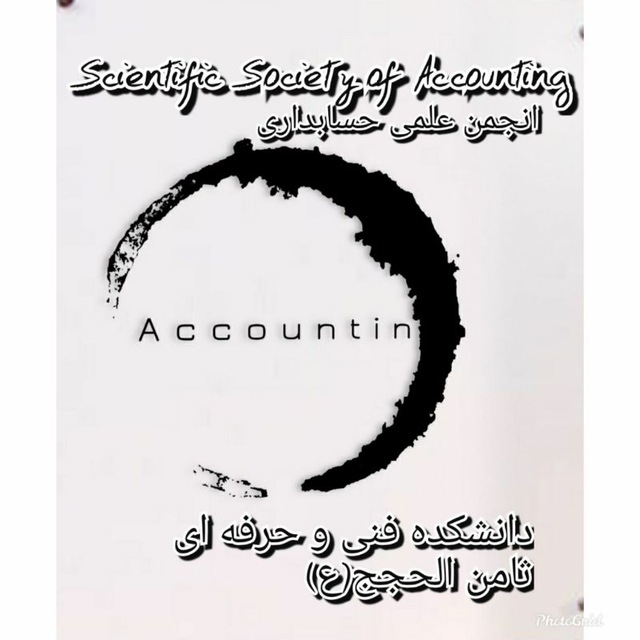What is the difference between waste accounting and waste accounting?
Waste accounting
One of the operations that accountants face at the end of the year is related to inventory. Warehousing, closing inventory accounts, issues related to waste and waste. All of which are included in industrial accounting. Today we intend to explain the difference between waste accounting and waste accounting by mentioning their accounting records.
What are waste products?
Residues, or material waste, are side particles in some products, which usually have a small amount and without additional processing, they have very little recoverable value. Such as wastes of turning and molding… There are three types: Normal residuals. Organizational waste. Defective waste
1- Normal wastes: These are wastes that are predicted in advance and occur due to the nature of production operations.
2- Organizational waste: waste that occurs due to organizational activities such as changing the production method.
3- Defective waste: waste that occurs due to the use of low-quality materials or the lack of skills of workers or broken machines.
Waste accounting
A) To the amount of the sale price: at the time of sale, its amount is considered as other income to the creditor of the profit and loss summary account.
Bank / cash / account receivable
Other income
b) To the amount of net sales value: from the income from the sale of waste, the costs of distribution and sales are reduced, and the net sales value obtained is deducted from the cost of materials or construction overhead, and it causes a reduction in the price of materials or construction overhead.
Material waste (material waste inventory)
Material control/manufacturing overhead control
c) The net sale value of waste is registered to the creditor of the special order account or specific production steps:
Material waste (material waste inventory)
Product under construction – special order
What is waste?
Waste includes products that do not have the quality of a standard product and are sold at their net sales value. When the waste is known, it is removed from the production process and no additional work is done on them. Usually, the amount of waste inventory is recognized at the net sales value to be sold at another time.
a) To the amount of the net sales value of the waste: if the waste is related to a specific order, the net sales value of the wasted units is deducted from the cost of the waste and allocated to that specific order, which reduces the cost of the order.
Inventory of scrap goods in the course of manufacturing-specific order
If there is abnormal waste in a stage of production, its costs after deducting the net sales value will be added to the manufacturing overhead cost, so that it can be shared among the products:
Waste inventory (net sales value of waste)
Manufacturing overhead control (net sales value-cost of waste)
Product under construction (cost of waste) **
If there is abnormal waste at any stage of production, its costs, after deducting the net sales value, will be transferred to the profit and loss summary account of the company as a loss caused by abnormal waste, which will be through the following registration:
Waste inventory (net sales value of waste) *
Loss due to abnormal waste (net sales value – cost of waste)*
Product under construction (cost of waste) *
#Alumni_Accounting_Association_of_Saman_Al-Hajj
@accounting_samen
@unisamenAccounting
This post is written by seyedsajjadam
